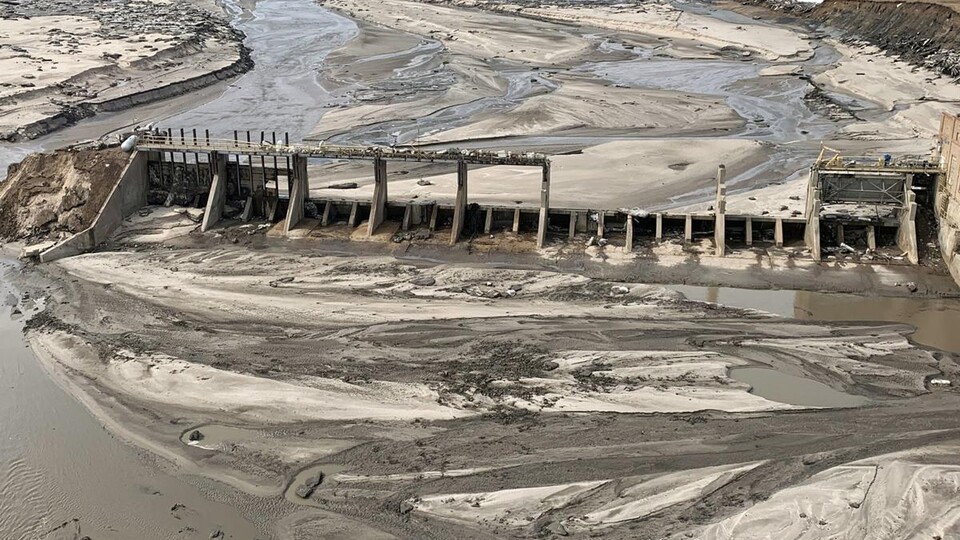Calendar Icon
Oct 18, 2023
![]() RSS
Submit a Story
RSS
Submit a Story

RELATED LINKS
Significant flooding, like the March 2019 event in eastern Nebraska, directly related to snowmelt runoff over frozen ground is expected to become even more common with climate variability.
With a five-year, $635,820 grant from the National Science Foundation's Early Career Development Program, Jongwan Eun is studying how frozen soil's capacity to absorb water can be affected by snowmelt, rapidly changing temperatures and rainfall. All were important factors in the 2019 flooding that caused several eastern Nebraska communities to evacuate residents, a dam and three bridges to give way, four people to die and $1.3 billion in damage.
This information could enable better predictions of how soil conditions, in combination with frozen water in soils, may affect the severity of flooding is important to mitigate damage.
"While understanding and accurately predicting water infiltration characteristics in frozen soils is critical to avoiding these disasters in the future, these characteristics are not well understood," said Eun, associate professor of civil and environmental engineering. "There is a critical need to study the mechanisms of frozen soil infiltration and their implications for geohazards such as floods in a changing climate."
Submit a Story